|
With summer in full force, we're all looking for ways to get out, stay active and get some much-needed Vitamin D. As we venture outdoors and get back into various types of physical activities, it's always important to do it gradually. Weekend warrior-ing is totally fine and acceptable, as long as you are a smart and wise warrior. One of the more common injuries people experience in the upper portion of their bodies is the infamous "tennis elbow", AKA Lateral Epicondylitis. "Tennis Elbow" is a bit of a misnomer, because only 10% of the patients who suffer this injury actually attribute the pain to playing this sport (source). This week, we introduce the muscles that are affected in this condition - Extensor Carpi Radialis Longus (green) and Brevis (red). A lot of times, you hear the term "tendinitis" thrown around. Tendinitis merely describes "inflammation of the tendon" but doesn't necessarily tell you which muscle tissues are hot and angry at you. Where the symptoms are, tells you a lot about which muscles need the most help. Lateral epicondylitis is one of the most common overuse injuries in the upper body. It describes tendinitis of the common extensor tendon which attaches on the outside (lateral) of your elbow. The Extensor Carpi Radialis Longus (ECRL) and Brevis (ECRB) both share this common extensor tendon, but attach at different points in the hand. ECRB attaches on the middle/long finger and the ECRL attaches on the index finger. Both work to extend the wrist and their corresponding fingers. Of the two, the muscle that is most commonly affected in lateral epicondylitis is the ECRB. Both wrist extensors are responsible for assisting with gripping in order to stabilize the wrist while the wrist/finger flexors are working to hold the object. People with tennis elbow will typically present pain in the lateral elbow with any/all of the following activities:
As previously mentioned, this injury is most commonly a result of overuse and not due to trauma (although I suppose anything is possible....) Think in terms of a grocery clerk scanning items for several hours in a shift, practicing an instrument for several hours, using a computer mouse for long periods of time, etc. People with lateral epicondylitis will commonly have pain with lifting a coffee mug, carrying a bag/briefcase (does anyone actually own briefcases anymore??), playing an instrument, and... dare I say it? Playing tennis.... The good news is that this condition can typically be overcome with the right amount of rest, modification of your activities and guidance from your friendly physical therapist. Make sure that you give your muscles a break and don't abuse them too much. Or, if you do an activity or job that requires you to use these muscles a lot, make sure you treat them to some TLC afterwards.
Posture.... That dreaded word that comes up over and over again. Every time people find out that I am a physical therapist, people automatically sit up straight, assuming that I'm going to judge or comment on it. We all have been told time and time again that posture is important, we all think we know what "good posture" is supposed to look like. But, do we really? Over the last four weeks, we've gone on a journey - discussing some key muscle groups that are essential components of posture as it relates to the upper half of your body. We have examined the Rhomboids, Pectoralis Major, Deep Neck Flexors, Suboccipitals and we definitely can't forget the Upper Trapezius (if you want to go back to see what we discussed there, as well as some good ways to keep them happy, go check them out.) For the fifth and final (for now) installment of our posture series, we're going to help tie all of it together into a neat little package (this, in NO way, is EVERYTHING that can be said about posture). In its truest sense, the foundation of posture is the overall alignment of the spine If you look from the side of the body when someone is standing, you will notice that the spine itself is not in a straight column. Instead, it is in a "S" shape. Reason being, is that it is the optimal position in order to allow our body to distribute our weight evenly while still allowing the flexibility and mobility to move freely. When we move out of this normal "S" curve, it results in increased stress on certain portions of the spine in order to keep you upright. Because our skeleton is merely the framework of our body, movements and positions are actually created through tension of our muscles. Two important things to remember as we continue to move forward:
When we talk about posture, we are really talking about the balance and position of the spine, in order to allow our bodies to maintain its position with the LEAST amount of work possible. When we stand with "good alignment", our weight is typically centered around the level of our belly button. In this case, the muscles in the front of our body, in theory, should be working equally as the muscles in the back of our body. If we were to draw a line starting from our ear canal straight down, and another line from the middle of our foot straight up, you would expect the two arrows to meet right in the middle. Today, we're primarily focusing on the upper half of the body. We'll discuss the lower portion another day. Now.... what happens when someone goes into that infamous "slouched posture" (the most common)? If we draw the same line starting from the middle of the head around the ear canal down towards the floor, you will find that the arrows never meet together. Instead, the arrow pointing down from the head will be in front of the one coming up from the ground. What this results in, is the muscles in the back of your neck having to work much harder to keep your head upright (remember the upper trapezius??) Based on biomechanics and physics, for every inch your head moves forward away from the neutral position, it forces the muscles such as the upper trapezius, cervical paraspinals and others to work as if the head were 10 pounds heavier. Think about that for a second...... The average head weighs 12 lbs. Just by shifting your head forward by an inch, the muscles in the back of your neck have to work almost twice as hard to keep your head up instead of looking down at the floor. So when we are in these less-than-ideal postures, not only does it put more pressure on our spine, but it causes certain groups of muscles to work harder. Changing positions or moving for short periods of time is one thing and completely normal. However, given enough time in the same position, your body will adapt so that those muscles become inherently shorter/tighter. So what happens to the other side of the neck? The front? We have talked about the deep neck flexors. Remember those little guys? What happens, is that because the posterior neck muscles are contracted and shortened, the front of the neck gets stretched out. This causes this muscle group to become weaker because the elongated position makes it harder for the muscle to contract and shorten to produce motion If we look at the the chest and upper back, the same imbalance of tight/elongated muscles occurs, but this time the chest muscles (Pectoralis Major/Minor) become tight and the Rhomboids become elongated and weaker. What we haven't talked about (but will in future blog posts) is how the forward head posture not only affects the spinal alignment, but things such as jaw (TMJ) pain as well. There are also consequences of having bad posture in the opposite way, where the spine is almost completely straight (flat back). You want to make sure that you live somewhere right in the middle to keep both sides happy. Having 'lazy' muscles is not the only reason for poor posture. Other reasons include:
Issues that can arise from "poor posture" include:
I want to reiterate that these consequences are primarily when people are in these less-desireable positions for LONG periods of time. In fact, having good balance of muscle activation in other postures is what allows us to be strong and flexible. It's what we're designed to do. So, do not be afraid to move, but be aware of what positions your body is in and make sure that you spend time stretching out if you find yourself in one position for too long.
Get up. Move around. Take breaks! That's all for now! Be happy and healthy, and always be asking yourself #whatsyouropus Every time someone talks about 'core strengthening', your mind probably goes straight to "Abs! Abs! Abs!" and "Planks for days!" What if I told you that there is another often-neglected core in your body that is equally as important? Welcome to the fourth installment of our Posture Series. Allow me to introduce the Deep Neck Flexors (DNF) - Longus Colli and Longus Capitis.
Both of these muscles sit right up against your cervical spine and they work together to flex the spine to a small degree. When working together in a balanced manner in conjunction with the ALL of the muscles around your neck, including our friends the upper trapezius and suboccipitals which we discussed in previous posts, they help stabilize the head and neck through micro adjustments as you move. Neck pain and its effects on muscle activation of these muscles have been widely studied over the last few decades. Studies have found that up to 70% of patients with chronic neck pain actually have decreased muscle activation of the deep neck flexors and sternocleidomastoid (Source). In the same study, subjects with chronic neck pain who underwent a deep neck flexor strengthening program showed significant decreases in overall reported neck pain If you've read my last few blog entries, you are likely now familiar with our poor-postured friend. With poor posture, the DNF complex (the upper/front portion of the cross) gets stretched/elongated which, in turn, results in the muscles becoming inherently weaker and less able to perform the job it was tasked with. This is also significant for people who have experienced whiplash injuries such as being involved in a car crash. In the beginning of the whiplash motion, the head is flung backwards during the hyperextension phase (in the picture below), which strains the anterior neck muscles such as the DNF and sternocleidomastoid muscles (to be discussed in a future post). However on the rebound the head is flung forward, putting increased strain on the upper trapezius/levator scapulae muscles. Depending on the severity and velocity of impact, ligaments supporting the cervical spine may also become sprained. So you have a scenario of what came first? The chicken or the egg? Did neck pain develop which caused the DNF and supporting muscles to become weaker? Or did the DNF get weak because of poor posture, which resulted in neck pain?
This muscle is particularly important for musicians who are violinists or wind players. With the majority of mankind typically sitting in some kind of slouched posture you can end up relying on those stronger/tighter muscles that we previously discussed (upper trapezius much?) to support the instrument or bring our heads to the instrument to play. Instead, I challenge you to add in a bit of DNF strengthening into your warmup routine. Next week will be our final installment of the Posture series, where we spend a little more time with our poor postured friend and link some of these muscles together. While they are not the ONLY ones affected by posture, it's important to start to think about how they all affect each other and give you a better understanding of how they work. Until next time, Stay happy and healthy! This week's Muscle Monday is dedicated to the little group of muscles that often speak to us in times of stress. While there are MANY causes and types of headaches, it is estimated that 50% of all adults will experience a headache in the last year (Source: World Health Organization). Tension-Type headaches are the most common form of headaches, which can either be due to muscle tension as a result of stress or other musculoskeletal problems coming from the neck. With that being said, allow me to introduce our Fantastic Four, The Suboccipitals:
|
AuthorDr. Janice Ying is a Los Angeles-based Physical Therapist. She is board-certified Orthopedic Physical Therapy Specialist and is regarded as a leading expert in the field of Performing Arts Medicine and the development of cutting edge injury prevention and rehabilitation programs for musicians. DisclaimerThe information on this website is intended for educational purposes and should NOT be construed as medical advice. If you have or think you have a health-related issue which needs to be addressed, please seek the help from your local licensed medical professional.
Archives
October 2020
Categories
All
|
We would love to see you soon!
|
© Opus Physical Therapy and Performance - 2021 - All Rights Reserved

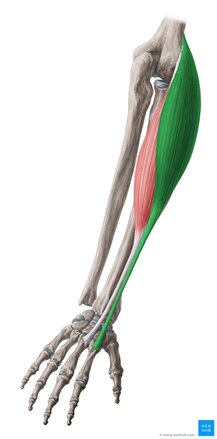
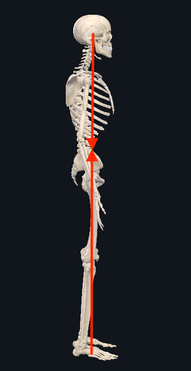
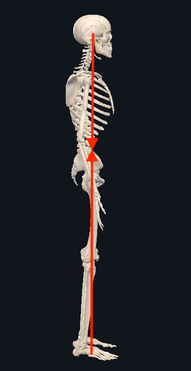
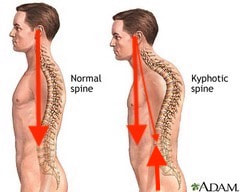
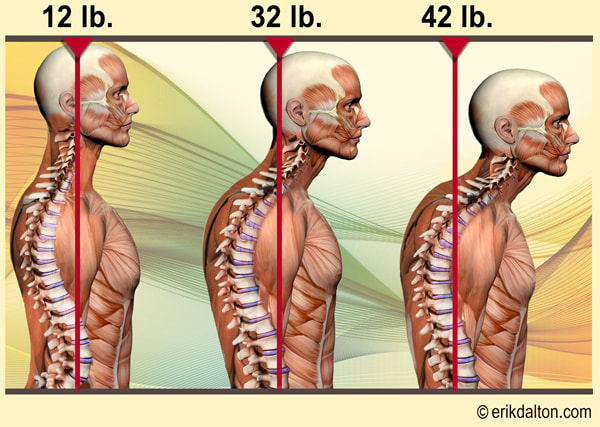
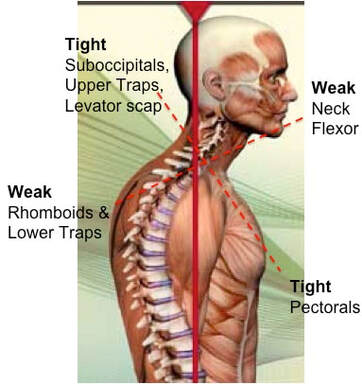
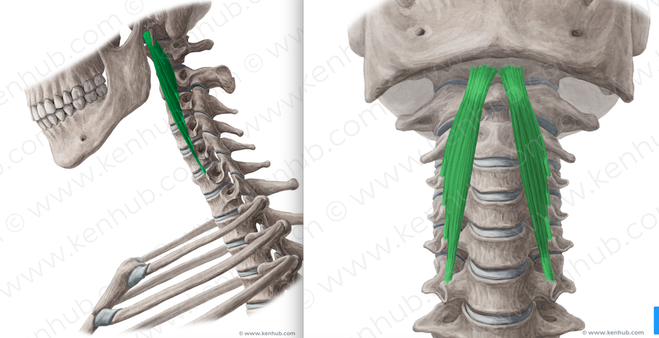
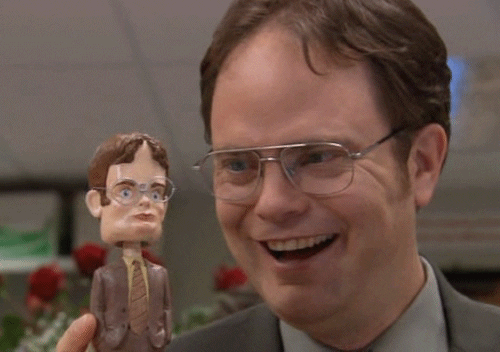
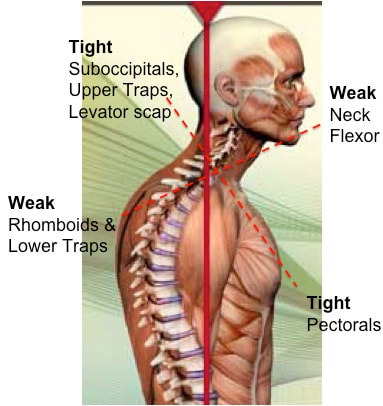
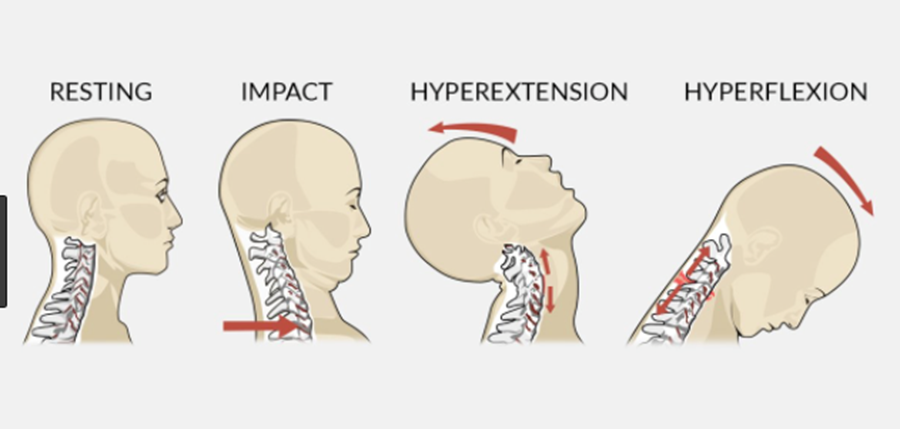
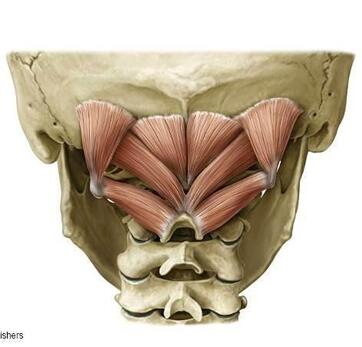
 RSS Feed
RSS Feed